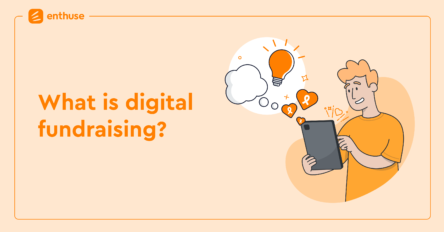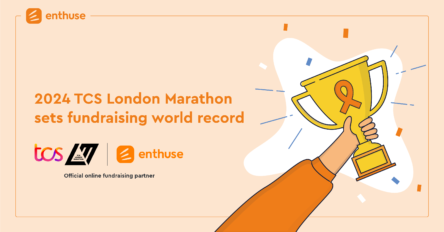
Your charity is run by people, for people, and with the help and support of people. It is therefore essential that you communicate the positive difference that you want to make to as many people as possible. Educating the masses and spreading awareness of your cause are paramount, and you can’t afford to ignore the modern marketing tools that are now available.
A common misconception held by many charities that they don’t need to advertise or market their organisations in the same way that profit-oriented businesses do. However, there is no reason why charities should not benefit from the digital boom too.
Time to go digital
Charities can utilise the power of digital technology and the internet in many ways. They can enhance their reach and appeal, and consequently raise more donations for their causes.
One of the most fundamental must-have tools is a fully responsive website. In this article, we will look at how a well-designed website can become a strong asset to your charity.
Maximize your reach
A responsive website can be viewed on any device – whether it’s a phone, a tablet, or a laptop – and therefore has the widest reach. If your website is simple, uncluttered, intuitive and informative, it will help you interact with prospective donors in the most effective way.
Understand your target audience
One of the fundamental goals of any advertising or marketing campaign is to spread awareness of products and services – or in this case, a charitable cause. A well designed website can help you to effectively achieve this goal. However, if you want your message to be heard loud and clear, you need to deliver it in a way that appeals to your target audience. Understanding who your website visitors are is therefore crucial, as you can then tailor your website presentation to attract more people.
One of the best ways to understand your target audience better is to conduct simple online surveys on your website. This is a common way to gather data about people’s attitudes, preferences and inclinations, and you can tailor the questions so that the answers relate directly to your charity and cause.
Encourage more donations
Although spreading awareness is the important first step, this alone is not enough – you also need to recruit donors. Your website can be an extremely handy tool for doing just that, with content that will inform, educate, and call to action.
The combination of appealing design and well written copy is what will attract people to your charity’s website, and then keep them there. Presented effectively, your information will strike a chord with your audience, and encourage people to donate. As well as text, you can (and should) use videos, podcasts, images, graphs, charts, etc, to confer more power on your message.
Adding real life stories can greatly help with emotional impact, and will help your message to connect with your donor and win them over. Some cool features that can help encourage donations on your website include:
– A specific call-to-action button such as “Make a Donation” or “Donate Now”
– A fundraising total feature showing donations received. – E.g. campaign total to date, amount given so far today, etc.
Recruit volunteers and staff
Your website can be a multipurpose resource for your charity’s growth: not only can you reach out to donors, but you can also recruit volunteers and staff. You can advertise vacancies, and use online forms to invite applications.
Promote fundraising and other events
You can use your website as a launchpad for your fundraising or other crucial events. Spreading the word and creating buzz around your events can boost attendance. Having the ability to book online can make this much easier.
Publish news and bulletins
You can use your website to keep your supporters updated on current events in your field of activity. A blog is a great way to post regularly about the good work your charity is doing, and the positive difference it is making.
Since modern responsive websites and blogs support multiple media, you can post videos about your charity, and the events you organise or take part in. You could add podcasts or interviews with key people. You could also use ‘testimonial’ features, in which the beneficiaries of your work describe how your charity has helped them.









